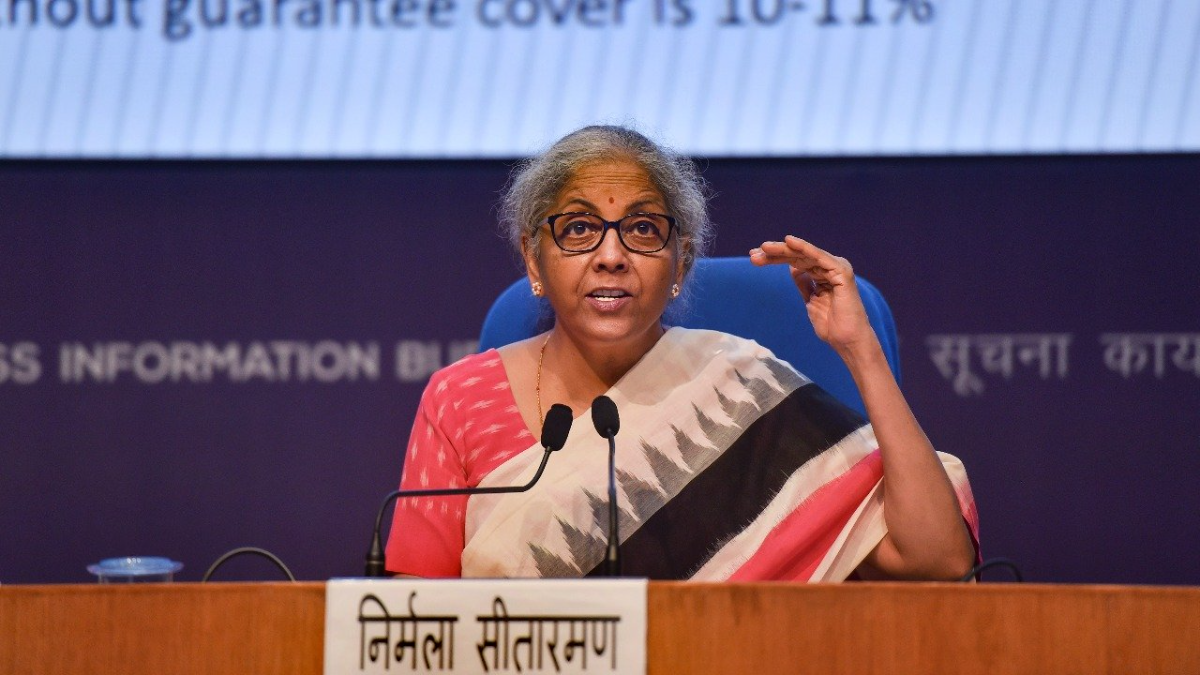More Covid relief needed
The government’s Covid relief package is the right move but supplementing it with cash transfers to the poor for survival is still needed

The Indian government's announcement of a Rs 6.29 lakh crore relief package was succour to troubled ears. Our Covid-hit economy needs a fillip with many industries such as MSMEs, travel, tourism, and hospitality requiring monetary resuscitation. Our people are facing tough times, demand is low, the poor have gotten poorer, while thousands of people and businesses are literally fighting annihilation. In these gloomy times, government support is not only needed but expected. While the relief package is a step in the right direction, it may still fall short of rejuvenating the economy.
As part of the package, the finance ministry announced a string of measures aimed at boosting small and medium businesses, healthcare, and tourism sectors. The problem? These are once again loans, which need to be paid back! Think of the average Indian small businessman. He has had an awful one and half years, business is down or shut at the moment, his family may have had Covid leading to additional medical expense, daily life isn't a walk in the park either with the rising prices of mustard oil to petrol, diesel, and cooking gas. Now, for the survival of his family and his business, the government is offering him the additional burden of yet another loan or additional credit. On paper, there's nothing wrong with what the government has proposed. It is absolutely the need of the hour. But to the tired, financially wiped-out common man, these provisions are simply not enough, especially after a hellish one and half years.
The free visas to 5 lakh international tourists will help the sector when travel opens up but small hotels, restaurants, tour guides are grappling today as we speak. The Rs 1.5 lakh crore additional credit to small and medium businesses will help only if there are consumers buying their wares or services. Even the privileged are being prudent with expenditure in an unpredictable economic situation. Therefore, it's understandable that the rest of India isn't spending either, or rather, can't afford to spend on anything. They are struggling to even pay school fees, while the schools themselves have no money to pay teachers and staff. This chain of destitute Indians is ever-increasing; each person affecting the next. And the vicious cycle of poverty is back on the Indian centre-stage.
Policymakers must put themselves in the worn-out shoes of that impoverished Indian. Indeed, it would be easier if they thought as one of the 230 million Indians who have slipped back into poverty due to the pandemic. These alarming numbers are cited in a report titled, "State of Working India 2021 – One year of Covid-19" released by the Centre for Sustainable Employment at Azim Premji University (APU) in May. Obviously, women are worst hit with more females losing their livelihood than men. Almost half of the formal salaried workers were forced to take up informal work, and poorer households lost higher earnings during the Covid-induced lockdowns.
Let's look at how other countries have handled the Covid impact on their economy. According to the International Monetary Fund (IMF), G7 countries managed output loss better and gave an average stimulus of 33.4 per cent of their GDP (gross domestic product), of which 12.4 per cent was fiscal with the remaining as liquidity support. BRICS nations (of which India is a part) gave only 8.6 per cent (4.9 per cent fiscal with remaining as liquidity support) till Feb this year. The US' 'Paycheck Protection Program' helped thousands of businesses pay their staff with repayment plans deferred for 6 months to a year, with no prepayment penalties.
Prime Minister Narendra Modi's Rs 20 lakh crore package announced in May was touted to be around 10 per cent of GDP. Even both relief packages (May and June) taken together, the Indian government is still not giving away direct cash support to the poor. Experts say that the fiscal impact of the latest stimulus package is less than 1 per cent of our GDP. While it's agreed that stimulus packages are primarily propped up by loans and credit schemes, but we need to follow the footsteps of countries that have given financial support to the poor, without them having to pay it back. Just grains alone is hardly enough to help them endure these trying times.
Right now, the question for the 'aam aadmi' and a majority of small businesses is survival. Giving away free grain, while essential, can't be the only answer to their woes. Loans to businesses can only achieve that much. Both citizens and businesses require direct relief measures. Cash transfers to poorer families is most crucial and long-awaited, which could also improve the staid consumer sentiment allowing people to undertake some expenditures. Direct bank transfers are easily achievable in India especially with the 42 crore basic bank accounts under Pradhan Mantri Jan Dhan Yojana (PMJDY). So, what if the elusive Rs 15 lakh from the return of black money post-demonetisation didn't reach us, surely, cash transfers to poor households can.
The writer is an author and media entrepreneur. Views expressed are personal



